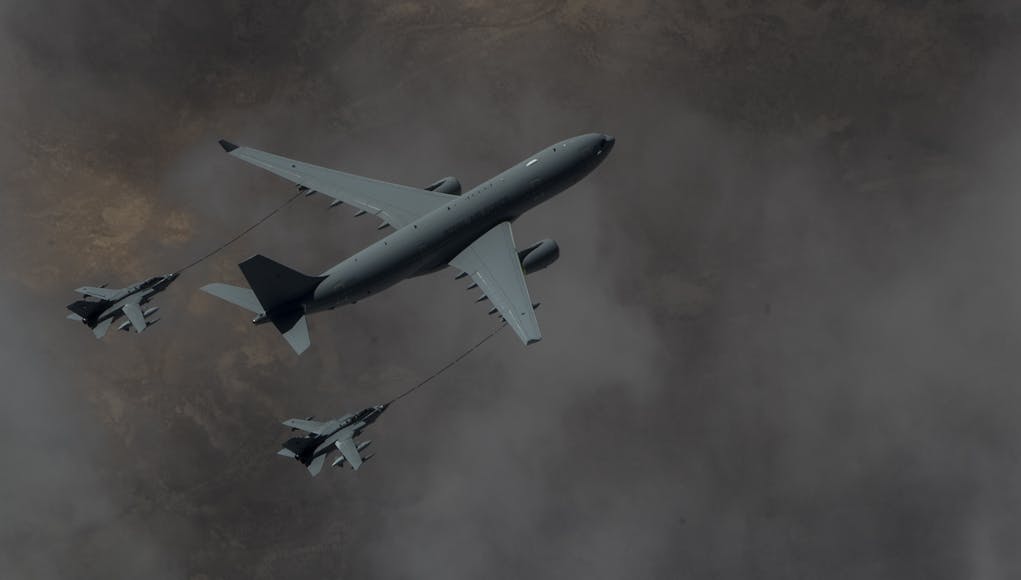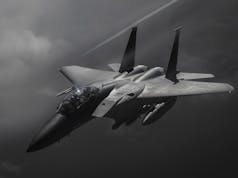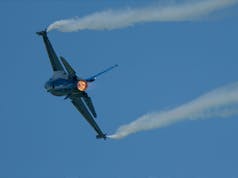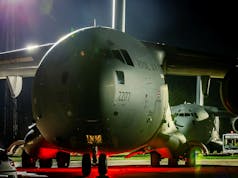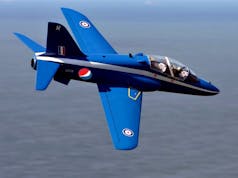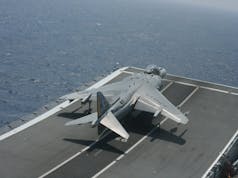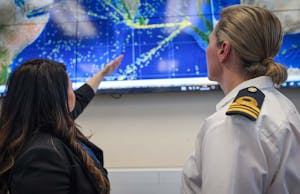Just before the New Year, Royal Air Force aircraft overcame thunderstorms at RAF Akrotiri and poor weather conditions in the skies over Iraq and Syria in order to support the coalition’s air campaign against Islamic State.
According to a press release, a Reaper remotely piloted aircraft launched successful airstrikes in support of Iraqi troops who were being fired upon by Islamic State fighters.
In addition to two Hellfire missile strikes achieved in Mosul, the Reaper aircraft conducted valuable reconnaissance of the situation on the ground, enabling two strikes against Islamic State by coalition aircraft.
In December 2016, it was reported that the Royal Air Force is operating at its most intense for 25 years in a single theatre of operation which far outstripped the UK involvement in Iraq and Afghanistan – RAF jets have dropped 11 times more bombs (1,276 strikes) on Syria and Iraq in the preceding 12 months than they had in the busiest year of action in Afghanistan a decade previously.
The cost of the operations against Islamic State and other details of the campaign were revealed in a briefing paper. In March 2015 the MoD confirmed that the net additional costs of the military air operation would be met from the Treasury Special Reserve; while the costs of training and equipping the Iraqi and Kurdish security forces, and the provision of key enablers, would be met from the MOD’s Deployed Military Activity Pool (DMAP).
In answer to a parliamentary question in September 2016 the MoD set the costs of the operation, between August 2014 and the 31st of March 2016, at £265 million (£45 million in the 2014-15 financial year, and £220 million in the 2015-16 financial year).


